Alison Hearst is the Nonconforming Curator — Get to Know The Modern’s Thoughtful Revolutionary
Today, the Fort Worth Museum's Exhibitions Are a Little Rebellious — and a Bit Punk — Thanks to Her Provocative Eye
BY Billy Fong // 03.03.20
Alison Hearst (photographed by Lauren Withrow)
It’s the summer of 1998 in San Francisco. A teenage Alison Hearst stands transfixed in front of a Keith Haring video where the artist is spray-painting, graffiti style, on all conceivable surfaces (most of them illegal) around Manhattan. She’s visiting the San Francisco Museum of Modern Art with her parents to see an exhibition of the 1980s Pop artist’s work.
She came kicking and screaming. At 16, she is mortified to even be seen with her mom and dad. She has adopted the punk aesthetic that permeates counterculture El Paso, the city where she was born and her family still lives. This was the El Paso of the mid-’90s, the era that Beto O’Rourke often refers to when recalling his rebellious 20s. She is wearing her standard outfit of well-worn Converse sneakers and a thrift-store T-shirt — on this occasion, emblazoned in glitter with the word “Bougie.” And despite her well-cultivated ennui, the exhibit makes an indelible impression. On the way out, she picks up a book on Haring, a red bag featuring one of his barking dogs (she will carry it for years), and a conviction that art is a life-changing force.
Fast-forward to today, when that girl is the associate curator at the Modern Art Museum of Fort Worth. After nearly 10 years at the Modern, she has brought a millennial’s perspective to both the exhibition schedule and the permanent collection. And maybe a little of that punk sensibility, too.
By the time she left El Paso for college, Hearst knew that art would be her major, her career … Her life, for that matter. She enrolled in the art history department at the University of North Texas, Denton, and after receiving her bachelor’s degree, went on to Texas Christian University, where she earned a master’s in art history. Around 2008, Hearst and a fellow TCU student, Leslie Murrell, began putting on provocative shows around Fort Worth under the moniker of Subtext. The idea was to create an engaging dialogue among regional artists, art historians, and writers.
“We were really champing at the bit for the opportunity to curate exhibitions, and to work directly with artists,” Hearst recalls. “We also, selfishly, wanted to see more exhibition programming in Fort Worth, and we figured others wanted the same.” One show, called “Everything Must Go,” explored the Great Recession and was staged in a downtown storefront, with the two women acting as curators, PR agents, registrars, and all else. Their rebellious spirit was noticed by the Modern’s Michael Auping, the museum’s esteemed chief curator, now retired, and Andrea Karnes, the current senior curator. Hearst soon came on board as an assistant to the director.
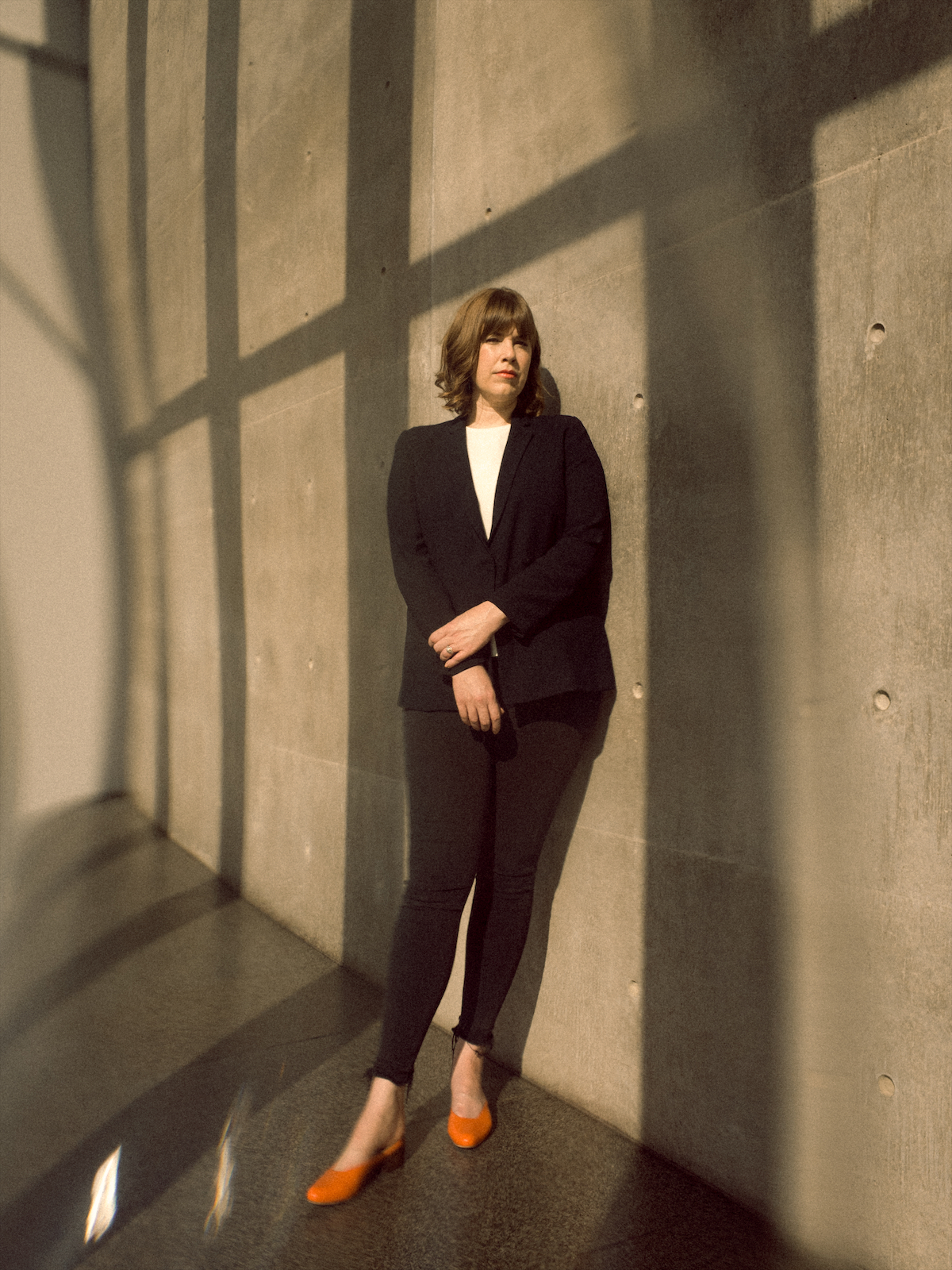
Today, as associate curator, Hearst organizes Focus, a program that introduces emerging and under-recognized mid-career artists. Each year, after three solo exhibitions, a work or group of works from each show is held for the museum’s annual purchase meeting, where museum donors vote to add one work to the permanent collection, a choice that helps shape the Modern’s cultural footprint. Hearst is committed to diversifying the collection, with more works by women and artists of color. “Things are beginning to change incrementally, for the better,” she says, mentioning SFMOMA’s recent sale of a Mark Rothko work to fund acquisitions by diverse artists, and similar moves by the Baltimore Museum of Art and the Art Gallery of Ontario. “Museums are making strides to correct the Western, malecentric, art-historical narrative that has been dominant since the beginning, with recent acquisitions and exhibitions,” she says. “There’s still a lot of work to be done.”
Her vision for Focus has resulted in the acquisition of works by artists Lorna Simpson, Njideka Akunyili Crosby, Mario García Torres, Kamrooz Aram, and Thomas Demand. Hailing from all corners of the globe, Hearst shares “I am always aiming to make this program international, but I also show artists of all ages and stages of their career.” Hearst is fresh off the success of her recently closed exhibition “Robyn O’Neil: We, The Masses,” which explored the artist’s career from 2000 to the present. It was one of the largest shows Hearst has put on during her tenure at the Modern and it drew more than 50,000 visitors. Her next show — the eagerly anticipated “Mark Bradford: End Papers” (March 8 – August 9) — where she is acting as the in-house curator alongside the organizing curator, Michael Auping promises an even bigger audience. And, as part of the Focus series, she will be opening a Marina Adams exhibition this month featuring abstract paintings that explore the balance between color and shape (March 27 – May 24).
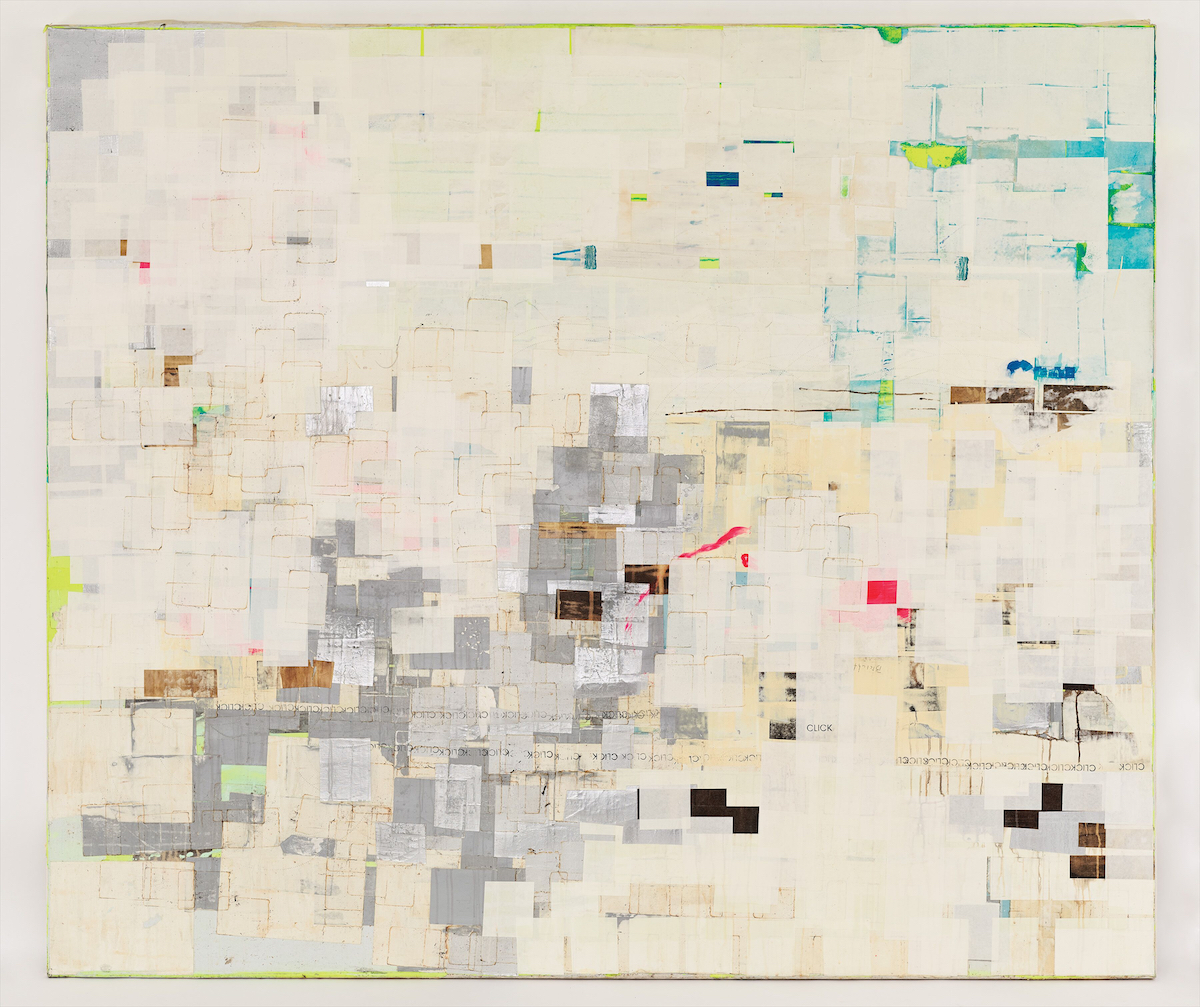
Does Hearst miss her renegade days with Subtext? Maybe just a little. “I would be open to doing something outside of the Modern’s walls again,” she says. “I do think I still bring a lot of that can-do, DIY spirit with me into my practice within the institution, and I continue trying to present works that are perhaps unconventional, whatever that means, or difficult to show.”
The embers from her rebellious punk rock soul are still smoldering. At the next Modern opening we hope to see her wearing that vintage “Bougie” T-shirt, which she proudly shares, is still hanging in her closet.
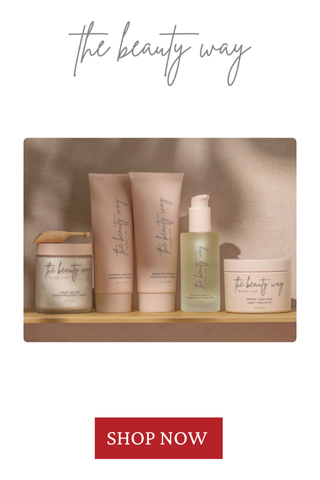
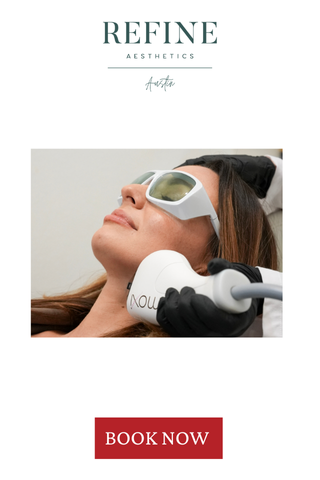
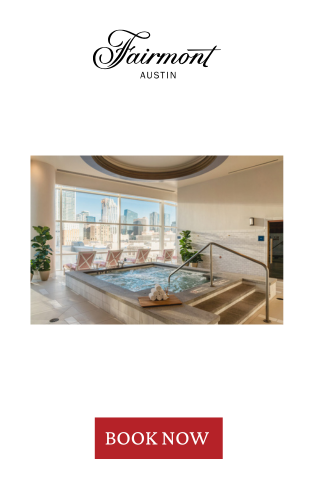

_md.jpg)















